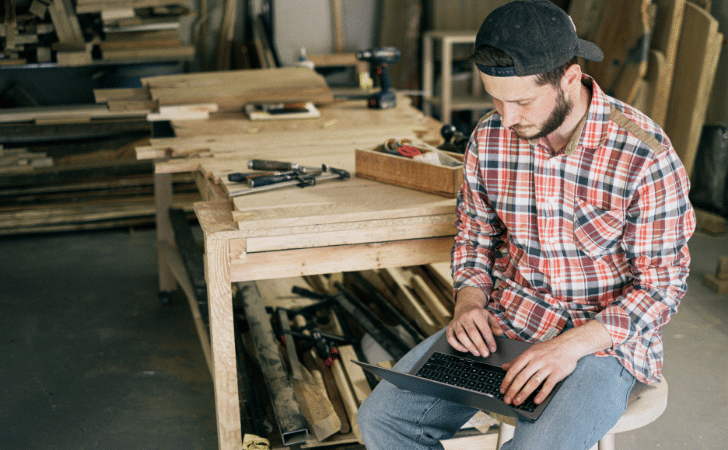Do you want to move, but due to rising housing prices, you don’t have enough money for your dream home?
Instead of moving to get what you want, why not consider a longer-term renovation on your own property – carried out mostly on your own.

£10 sign up bonus: Earn easy cash by watching videos, playing games, and entering surveys.
Get a £10 sign up bonus when you join today.
Join Swagbucks here >>
Inspection of the current condition and reconstruction plan
Every renovation should start with fully checking the property’s current condition. It will help you find out which parts of the building can continue to be used and which need renovation.
For example, older homes usually require electrical wiring changes. Copper wiring, which is more commonly used today, is installed in the home instead of aluminium wiring. Waste, water or gas pipes may also need replacing.
Plaster and floors are a separate category. Therefore, plan individual actions according to priorities. Then, draw up a calendar of works and a budget estimate.
Firstly, you have to move out and protect your furniture and appliances
As it’s a long-term renovation and reconstruction done by yourself, the best cost-saving idea is that you’ll live in the property at the same time as you carry out work.
However, depending on how much you need to do at the same time (like turning off all the water) and if you have kids, renting another place, even short-term, through something like Airbnb during the reconstruction, may be necessary.
However, this could become disproportionately expensive. So it may be worth planning differently, and you’ll probably reconstruct your home room by room.
It’s really up to you where you start – whether it is a bathroom and toilet or a bedroom and living room.
In any case, you must first remove all items from the room. If you don’t change the floors, you can also move heavier pieces of furniture to the centre of the room.
You can buy all the furniture—a living room wall unit, sofa, armchairs, bed, table, and chairs—but you must protect it properly from dirt. The best option is to pack everything in plastic and seal it tightly.
Make sure you remember the floor as such. Whether you use plastic or a painter’s dust sheet, this phase will save you a lot of worry regarding later cleaning.
If you are just painting, plastic should be enough. For more demanding work, a dust sheet will be better. But an old rug or blanket can also do the job.
The aim is to protect the floor from mechanical damage and reduce dust.
Take a look at some DIY on a budget tips to decorate your home.
You can do most things on your own, but it’s not worth the risk
Most of the work can be done by a handyman with average skills on his own. But before you do anything, ask the advice of more experienced people.
They don’t have to be professionals in the field; older family members and colleagues at work could also give good advice. DIY forums, Facebook groups, and YouTube also provide useful advice.
Painting your rooms (find out how to get free paint), changing light fittings or carrying out new tiling shouldn’t be a problem.
However, you should check where there are electricity, water pipes and gas appliances.
When it comes to things like this, the work should always be carried out by an experienced professional. You should never save at the expense of safety.

Leave a Reply